|
Welcome to Barriers and Boundaries Resilience Leadership
Check out a recent episode of the podcast.
|
|
Transformational leadership is a management style that focuses on inspiring and motivating followers to exceed their own interests for the sake of the group or organization. It is characterized by the leader's ability to bring about significant change by transforming followers' attitudes, beliefs, and values, rather than merely enacting transactions or exchanges. This essay delves into the core principles of transformational leadership, its effectiveness, practical applications, challenges, and compares it with other leadership styles. Introduction to Transformational Leadership Transformational leadership was first introduced by James V. Downton in 1973 and later expanded by James MacGregor Burns in 1978. Burns described transformational leadership as a process where "leaders and followers help each other to advance to a higher level of morale and motivation." Bernard M. Bass further developed the concept in 1985, introducing the way transformational leadership could be measured and how it impacts follower motivation and performance.
Core Principles of Transformational Leadership The four components of transformational leadership, often referred to as the "Four I's," are: 1. Idealized Influence (Charisma)- Leaders act as role models, earning the respect and trust of their followers. They have high ethical and moral standards. 2. Inspirational Motivation- Leaders inspire and motivate followers by setting clear visions and demonstrating commitment to goals and shared values. 3. Intellectual Stimulation- Leaders encourage innovation and creativity by challenging the status quo and fostering an environment where followers feel empowered to explore new ideas and solutions. 4. Individualized Consideration- Leaders offer support and encouragement to individual followers, attending to their needs and facilitating personal development and mentoring. Transformational leadership, while highly effective in inspiring and motivating followers, faces several barriers that can hinder its implementation and success. At the same time, establishing certain boundaries can help protect and sustain the impact of transformational leadership within an organization. Below, we explore three significant barriers to transformational leadership and three critical boundaries that can safeguard its principles.
Barriers to Transformational Leadership 1. Organizational Culture and Resistance to Change - A deeply entrenched organizational culture resistant to change is one of the primary barriers to transformational leadership. Organizations with a rigid hierarchy, fixed routines, and a closed mindset towards innovation can stifle the efforts of transformational leaders to inspire change or implement new ideas. Overcoming such resistance requires persistent effort, time, and strategies tailored to gradually shift the organizational culture towards openness and adaptability. 2. Lack of Leader Training and Development - Transformational leadership requires a specific set of skills, including empathy, communication, vision-setting, and the ability to inspire and motivate. A barrier arises when potential leaders within an organization lack access to the necessary training and development opportunities to cultivate these skills. Without investment in leadership development programs, organizations may find themselves with a leadership gap, unable to leverage the benefits of transformational leadership. 3. Short-term Focus Over Long-term Vision - In today’s fast-paced business environment, there's often a disproportionate focus on short-term results and metrics, which can serve as a barrier to the adoption of transformational leadership practices. Transformational leadership thrives on long-term vision and the gradual development of an organization’s culture and capabilities. However, when immediate results are prioritized over sustainable growth, transformational leadership initiatives may be undervalued or neglected.
Boundaries to Protect Transformational Leadership 1. Establishing Clear Ethical Guidelines and Integrity Standards - To protect the integrity of transformational leadership and prevent abuse of power, it's crucial to establish clear ethical guidelines and standards. These boundaries ensure that the charismatic and influential nature of transformational leadership is used responsibly and for the benefit of the organization and its members, rather than personal gain. Ethical leadership practices foster trust and respect, which are essential for transformational leadership to thrive. 2. Balancing Empowerment with Accountability - While transformational leadership involves empowering followers to take initiative and lead change, it's important to balance this empowerment with accountability mechanisms. Clear boundaries regarding decision-making authority, roles, and responsibilities ensure that empowerment does not lead to chaos or lack of direction. Accountability frameworks, when implemented thoughtfully, can enhance the effectiveness of transformational leadership by ensuring alignment with organizational goals and values. 3. Promoting Open Communication and Feedback Channels - Open communication and regular feedback mechanisms are vital boundaries that protect the sustainability of transformational leadership. These channels enable leaders and followers to engage in continuous dialogue, share insights, and address any issues or concerns that may arise. By fostering an environment of transparency and open communication, organizations can ensure that transformational leadership practices are aligned with the needs and values of both the leaders and the followers. Overcoming the barriers to transformational leadership requires a deliberate effort to change organizational culture, invest in leader development, and shift towards a long-term vision. Simultaneously, establishing boundaries around ethics, empowerment, and communication is essential to protect the integrity and effectiveness of transformational leadership practices. By navigating these barriers and respecting these boundaries, organizations can harness the full potential of transformational leadership to inspire and achieve remarkable outcomes.
Effectiveness of Transformational Leadership Numerous studies have shown that transformational leadership is linked to a wide range of positive outcomes, including increased employee engagement, job satisfaction, performance, and organizational commitment. Transformational leaders are adept at navigating change, able to inspire their followers to embrace new directions and innovations. This leadership style is particularly effective in environments that require rapid adaptation and in organizations that are mission-driven. Practical Applications Transformational leadership can be applied across various sectors, from business and education to healthcare and nonprofit organizations. In business, transformational leaders drive innovation and competitive advantage by encouraging a culture of creativity. In education, they inspire teachers and students to achieve exceptional results, fostering a supportive and ambitious learning environment. In healthcare, transformational leadership can lead to improved patient care and staff satisfaction by promoting teamwork and a commitment to shared goals.
Challenges and Criticisms While transformational leadership has many benefits, it also faces criticisms and challenges. Critics argue that the emphasis on charisma and personal influence might lead to a cult of personality, potentially masking underlying organizational issues. Additionally, the high expectations and intense focus on change can lead to burnout among both leaders and followers. Effective transformational leaders must be aware of these risks and strive to maintain a balance between driving change and ensuring the well-being of their followers. Comparison with Other Leadership Styles When compared with other leadership styles, such as transactional leadership, which focuses on the exchange process between leaders and followers, transformational leadership is more oriented towards engaging followers' higher-order needs and aspirations. Unlike autocratic leadership, which relies on centralized decision-making, transformational leadership encourages empowerment and involvement. Compared to laissez-faire leadership, where minimal guidance is provided, transformational leaders actively engage in the development and motivation of their followers. Conclusion Transformational leadership represents a dynamic and effective approach to leading change and fostering an environment where followers are motivated to achieve beyond expectations. By focusing on the development and transformation of followers, transformational leaders can build cohesive teams that are committed to achieving shared goals. Despite its challenges, when applied judiciously, transformational leadership can lead to enhanced performance, increased innovation, and a positive organizational culture. As organizations continue to navigate the complexities of the modern world, the principles of transformational leadership remain more relevant than ever, offering a roadmap for inspiring and motivating followers towards achieving collective greatness.
0 Comments
Leave a Reply. |
Details
Eric Bryan is a participant in the Amazon Services LLC Associates Program, an affiliate advertising program designed to provide a means for sites to earn advertising fees by advertising and linking to Amazon.com. I get commissions for purchases made through links in this post.
***As an Amazon Associate, I earn from qualifying purchases.
|
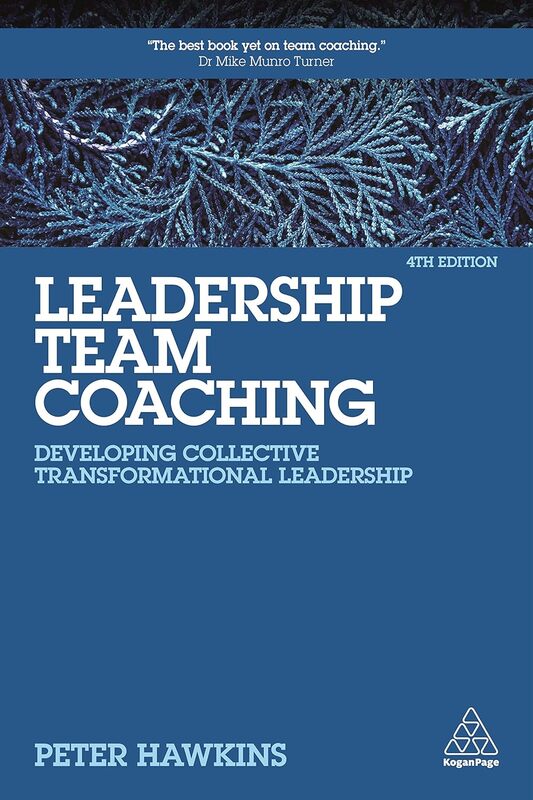
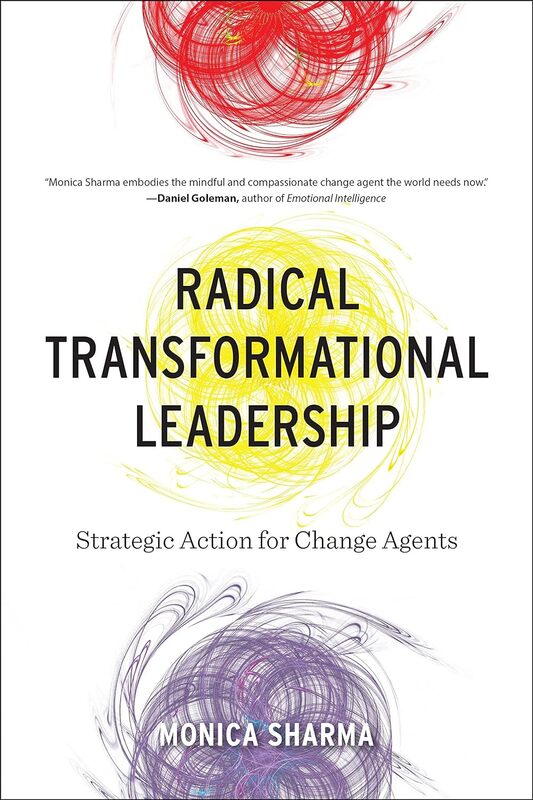
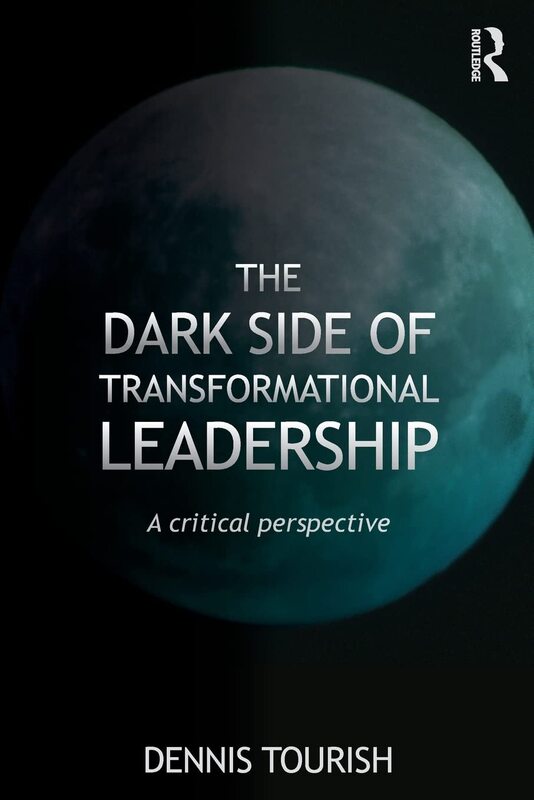
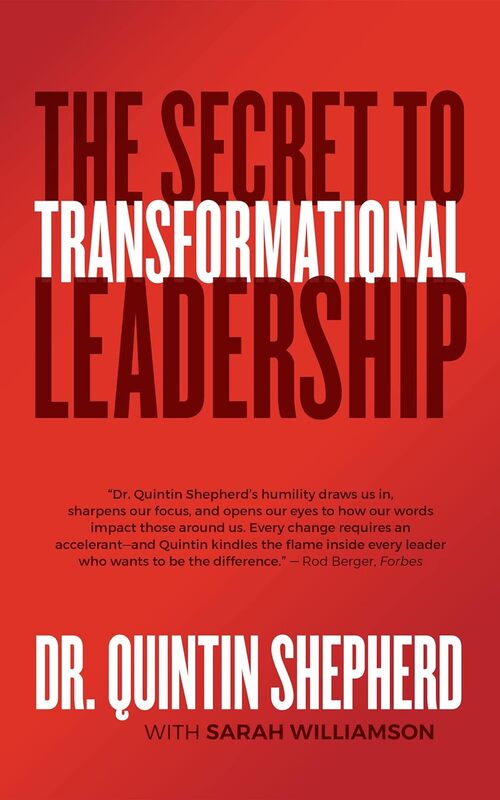

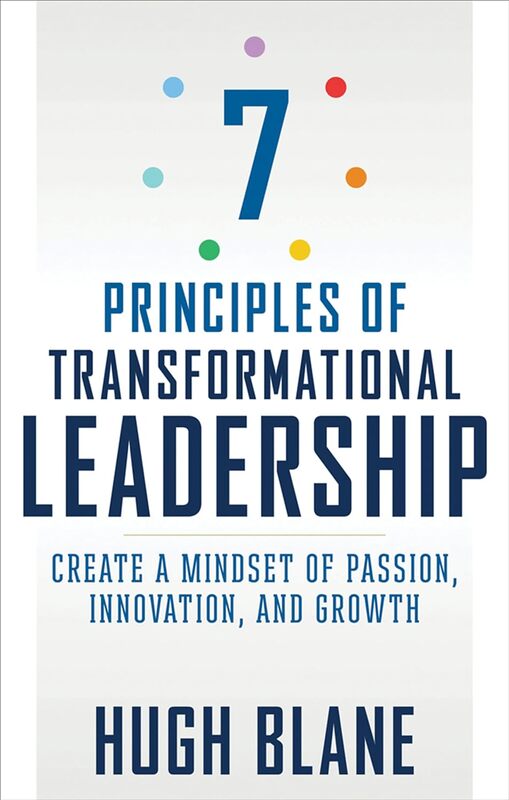
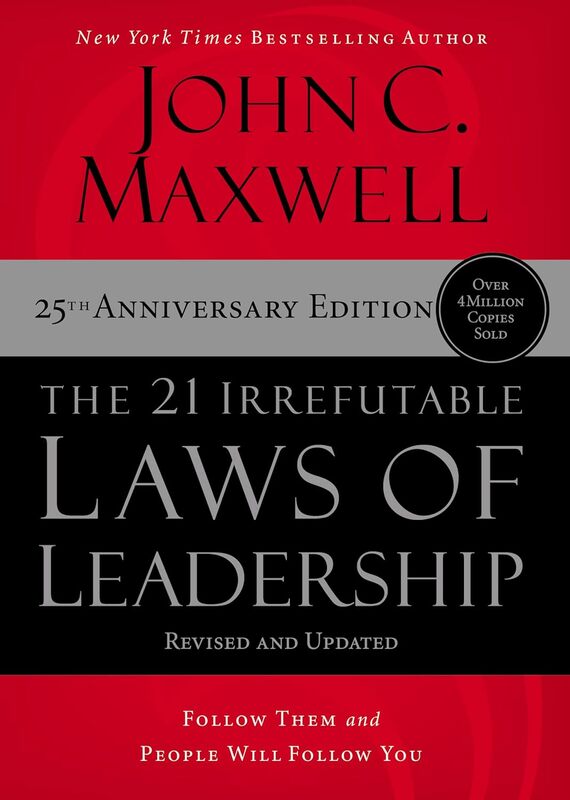

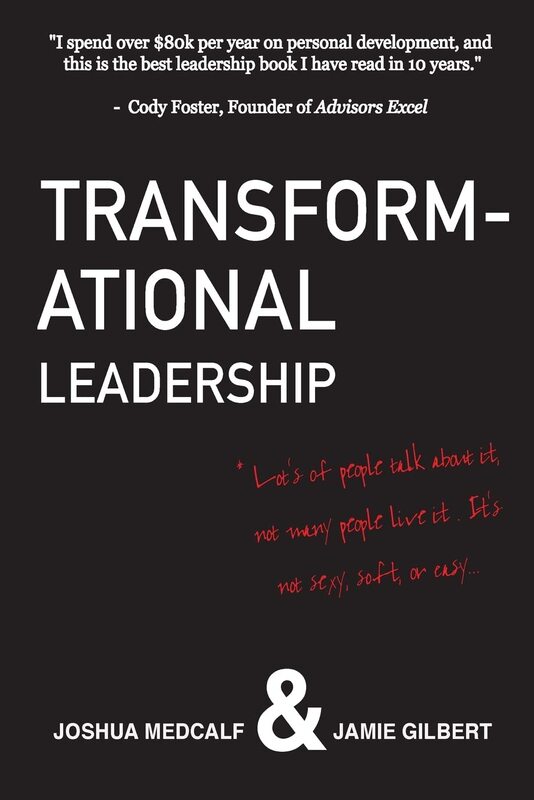






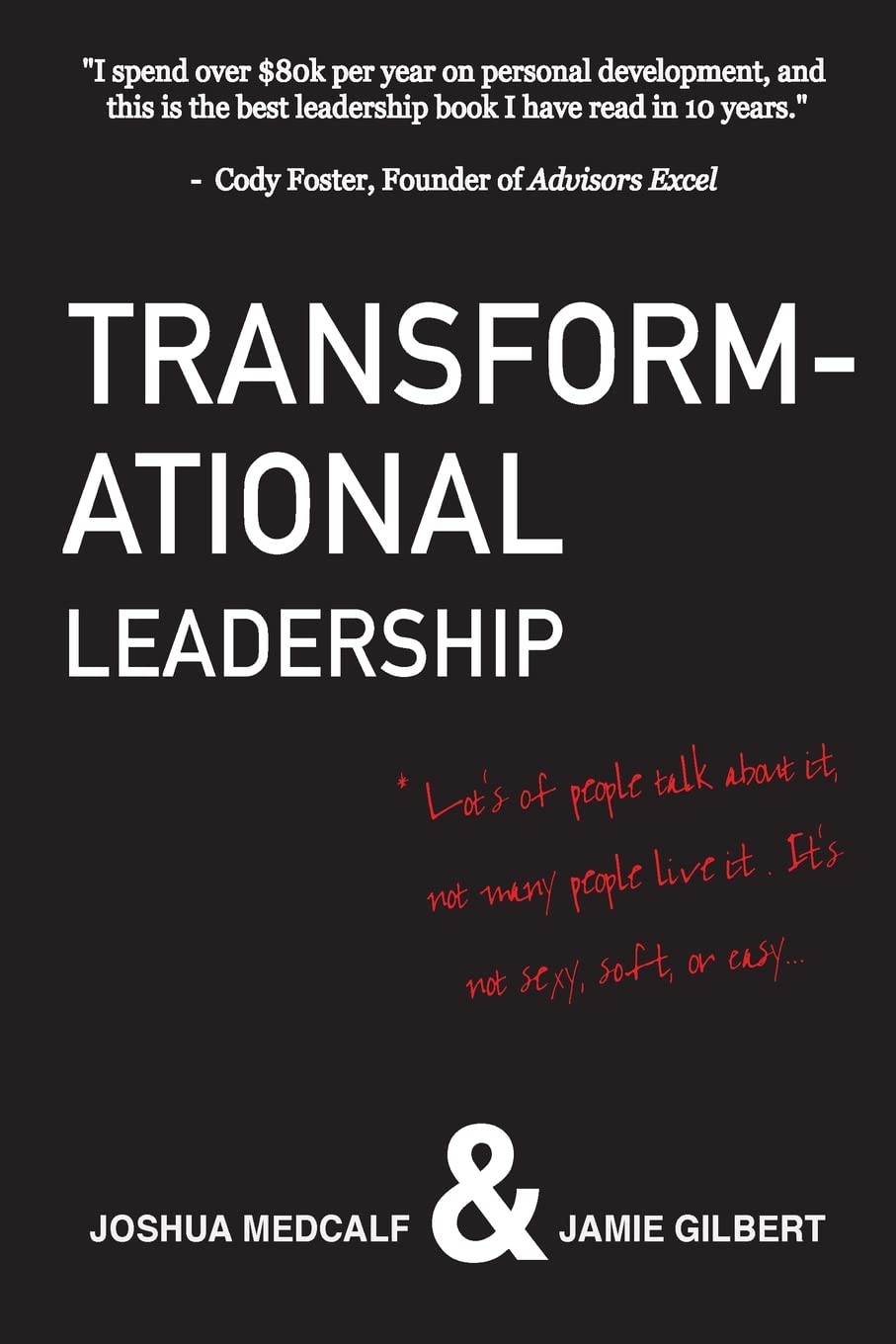






 RSS Feed
RSS Feed